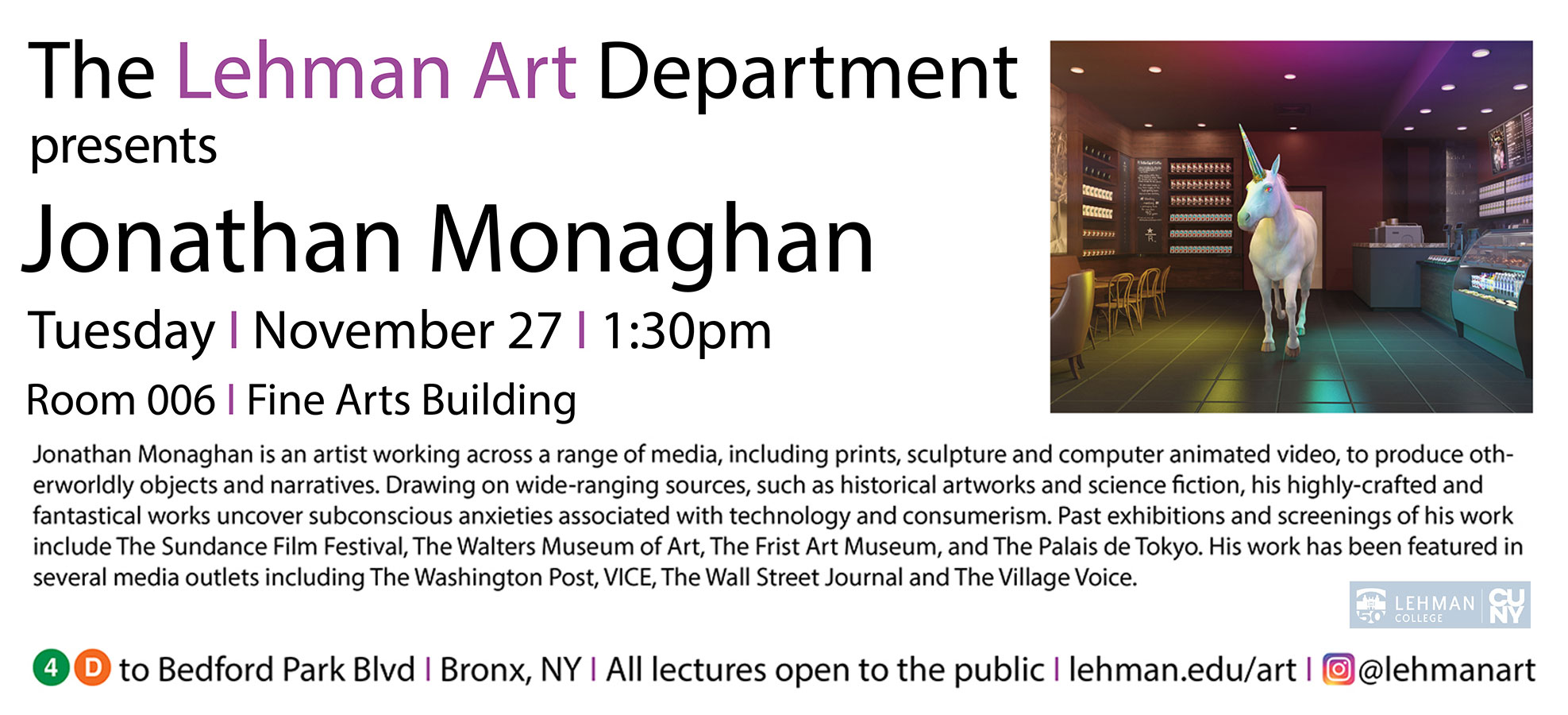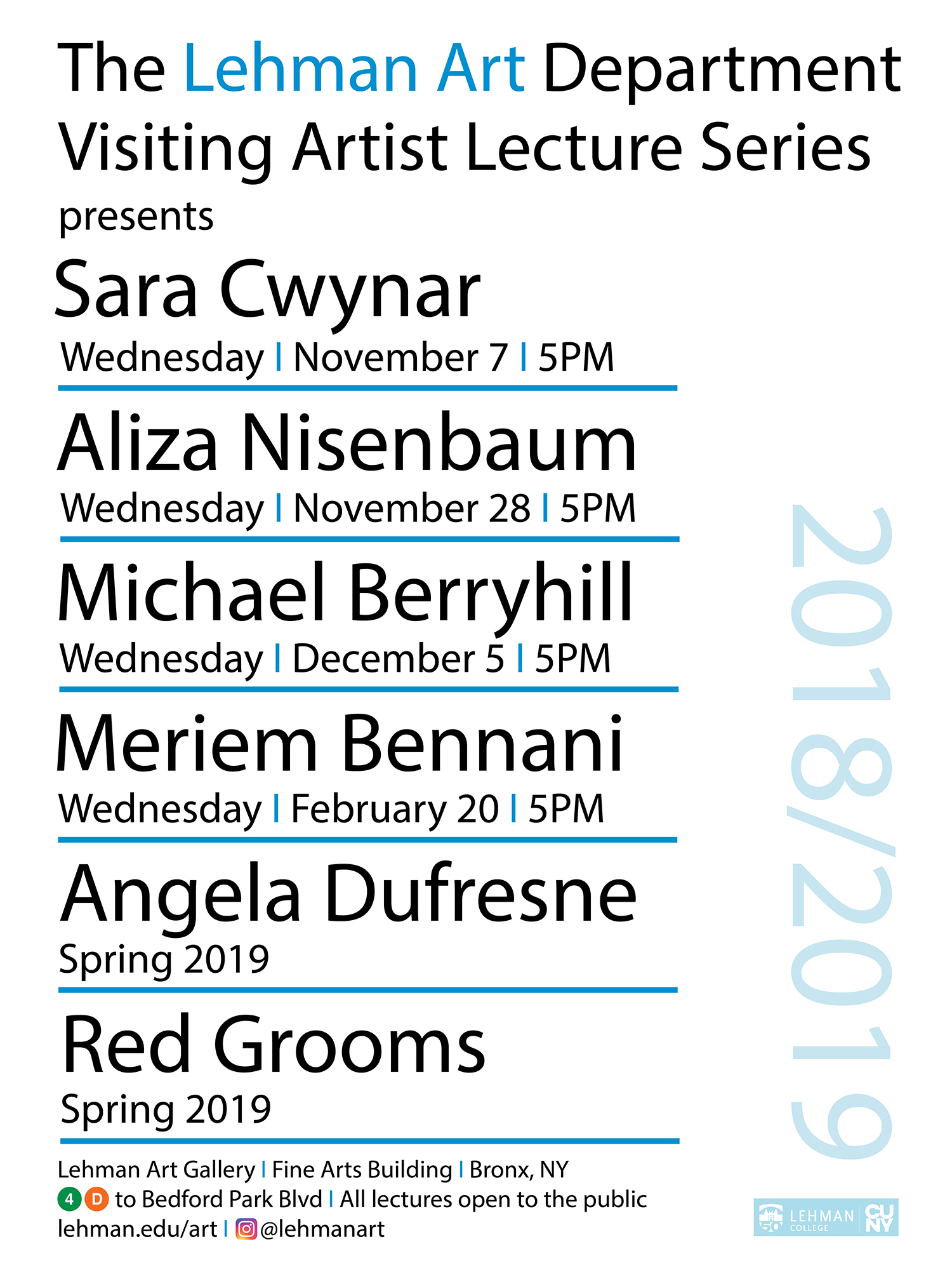Landmarks of
New York
February 4 through April 20, 2016
Celebrating New York City Landmarks
Among American cities, New York is the leader in the preservation of its landmarks, and in the variety and quality of its surviving architectural resources. The abundance and variety of these buildings is surprising, ranging from the best efforts of our finest architects, to excellent examples of vernacular building types. It is an architectural record that touches upon every aspect of life. Hidden within this great metropolis is evidence of our proudest achievements: the taverns and farms of the eighteenth century; the factories, banks, and offices of the nineteenth century; and three centuries of urban housing that speaks to the need of every group — from the modest to the well-to-do. In its twentieth-century civic buildings, factories, office towers, universities, museums, parks, and houses of worship, one will find the history of New York’s citizenry written large in buildings that express their most noble aspirations and deepest values.
The New York City Landmarks Law embodies the spirit of the city as seen through its built environment. Since the passage of the Law on April 19, 1965, the result of an awareness of the increasing loss of New York’s iconic historic, architectural, and cultural monuments, beginning with the razing of Pennsylvania Station (1963), New York City has been in the forefront of what has become an established worldwide preservation movement. In NYC, the Law now protects nearly 27,000 structures — from parks and individual trees, to piers and bridges, cemeteries and archeological sites, interiors and clocks, as well as theaters, factories, museums, and forts – to enumerate some examples.The first designations, on October 14, 1965, were the Pieter Claesen Wyckoff house (before 1641) in Brooklyn, the Street Plan of New Amsterdam and Colonial New York, which represented New York’s earliest Dutch and English settlements, and the Brooklyn Heights Historic District, a signature nineteenth-century brownstone neighborhood, all of which represented the established vision of the city’s history. Through the years, the Landmarks Preservation Commission has recognized successive eras of the city’s development: the transition from houses to apartments, typified by the Dakota apartments, the evolution of agriculture to manufacturing, and more recently, the transformation to a commercial center, with the designation of SoHo’s lofts, the Ladies’ Mile grand stores, early skyscrapers such as the Little Singer and Woolworth buildings, and modernist masterpieces such as the Seagram Building and One Chase Manhattan Plaza.
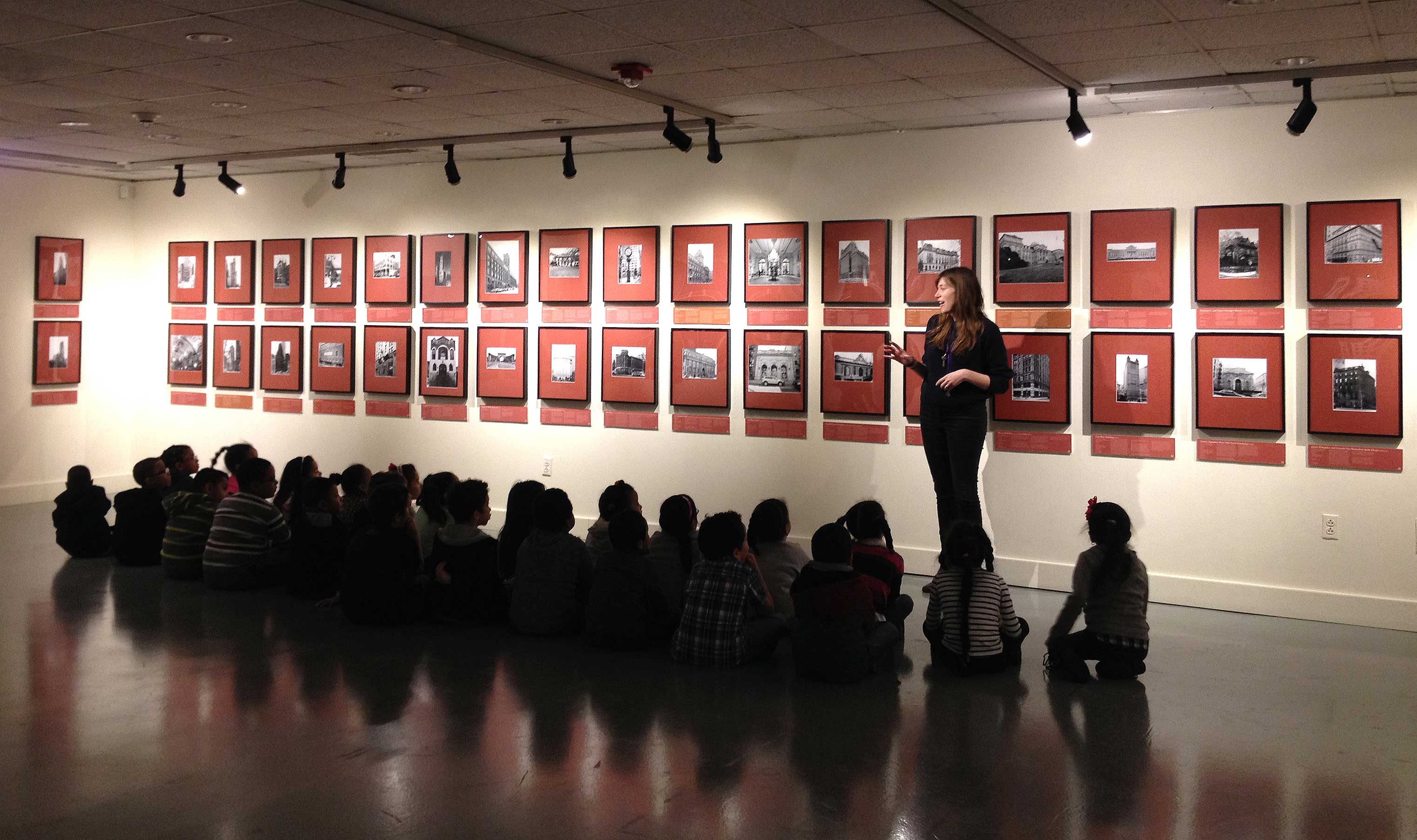
Preservationists have long understood the benefits of protecting our heritage from destruction. The preservation of our landmarks provides a sense of continuity between past and present, and an appreciation of the accomplishments that outlast an individual life. This exhibition documents the quality and diversity of New York City’s landmarks.
The photographs of landmarks on exhibition were not taken at the time of construction, but at the time of designation, or later. Therefore, these images show that although many of the structures retain their architectural and aesthetic integrity, others have been altered, or even neglected. The photographs have been selected from the more than 1,287 individual landmarks designated in all five boroughs, from 1965 through 2011. The dates of construction of these buildings range from 1640 to 1967. They provide evidence of some of our realized ambitions, and touch upon every aspect of metropolitan life as it has evolved. They help to chart the growth of New York City from a small merchant city to a modern metropolis, shed light on the evolution of our cultural history, and encompass the dreams and illusions of a generation passed on for the enrichment of their successors.
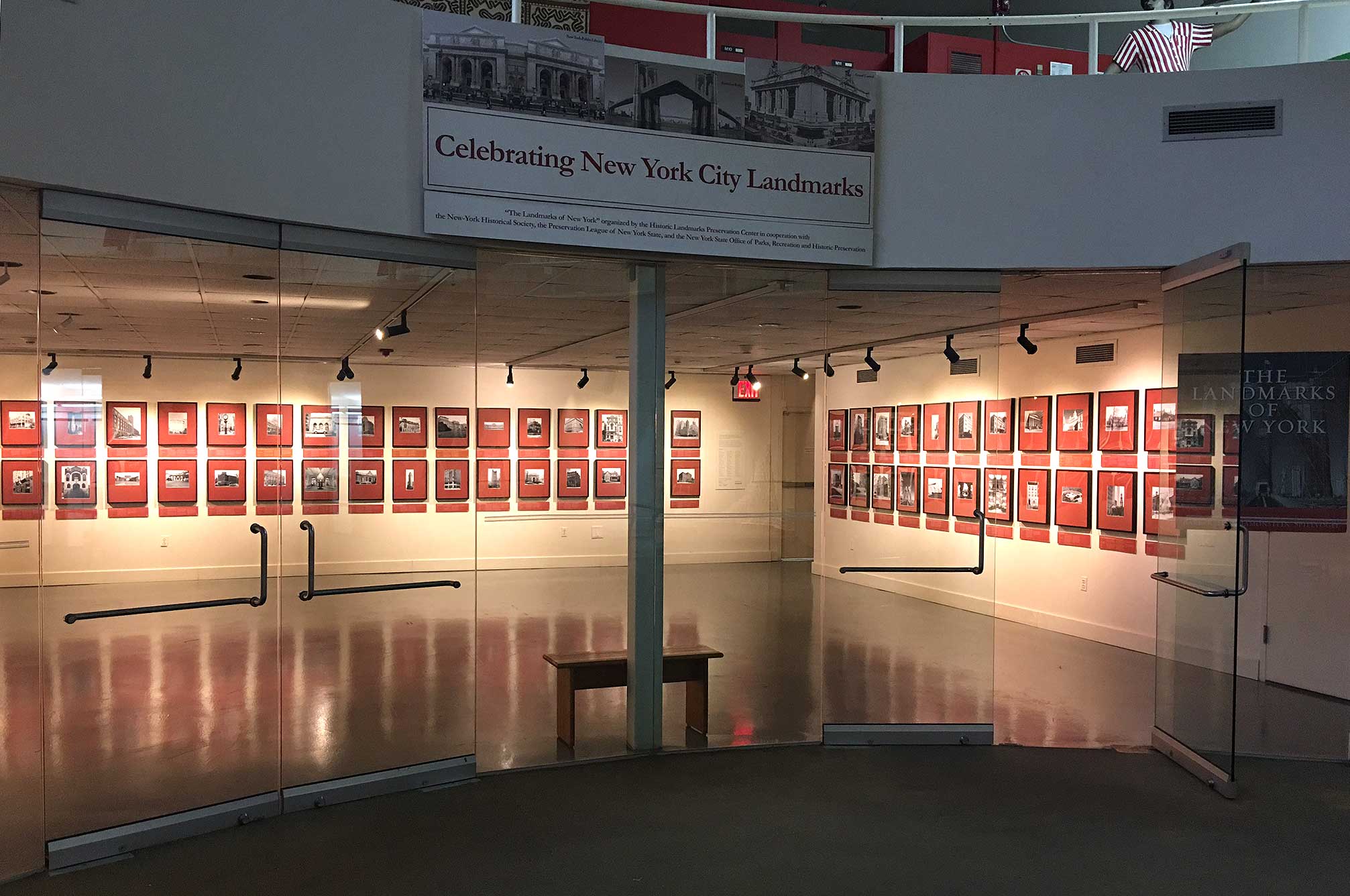
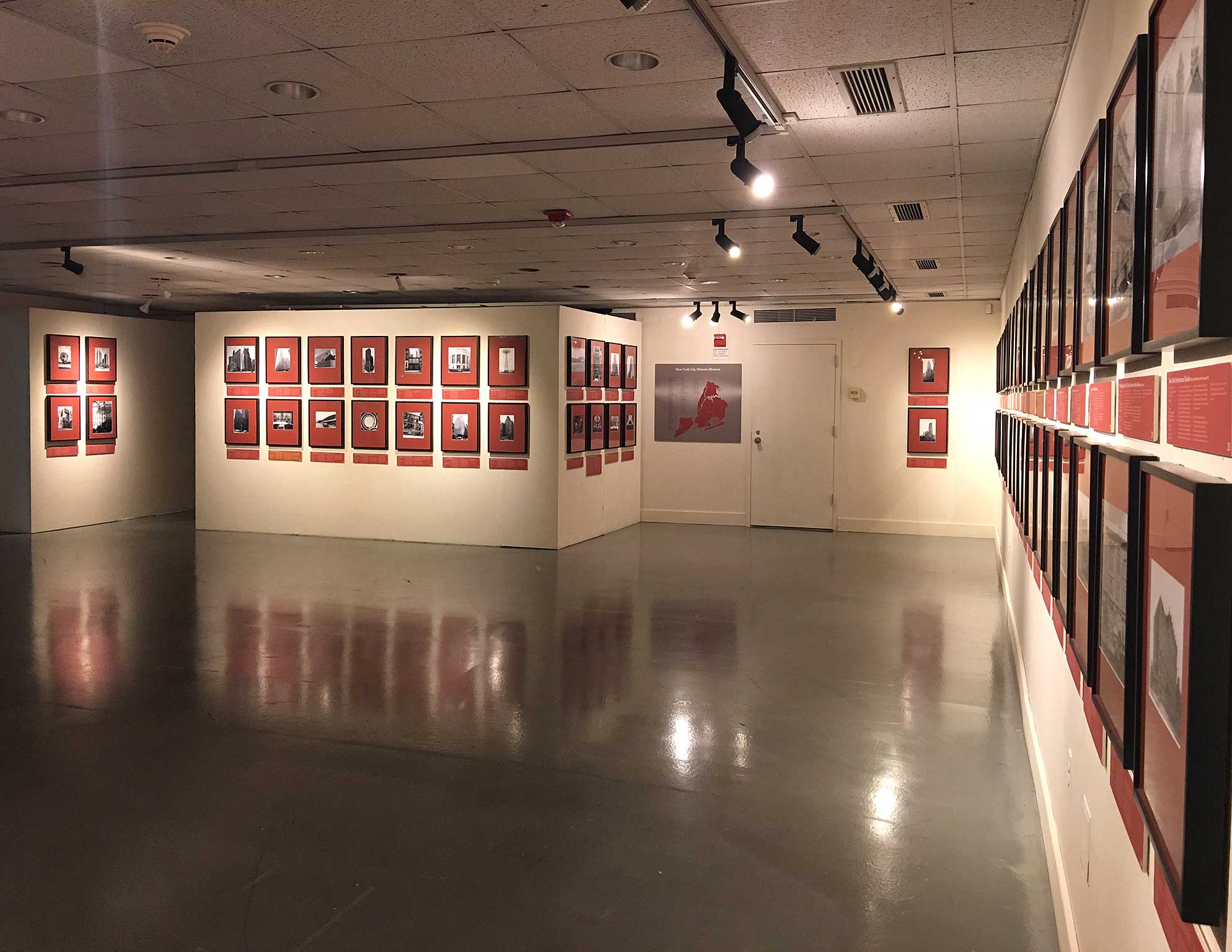
New York City’s official definition of a landmark is a “building, property, or object that has been designated by the Landmarks Preservation Commission because it has a special character, or special historical or aesthetic interest or value as part of the development, heritage, or cultural characteristics of the city, state, or nation”. To be eligible for landmark status, some part of the building, property, or object must be at least thirty years old.
There are three types of landmarks: an individual (exterior) landmark is a property, building, or object that has been designated; it is also called an exterior landmark because only exterior features are included in the designation. An interior landmark is an interior space that has special landmark qualities, and is accessible to the public. A scenic landmark is a natural landscape feature, or group of features, situated on city-owned property. Examples of each type of landmark are included in this exhibition. In addition to landmarks, the Landmarks Preservation Commission may also designate historic districts. A historic district is an area of the city that has a special character, or historical or aesthetic interest, that represents at least one period.
Recently, Mayor Bloomberg has commented that “during [the recent] period of unprecedented building growth, the Landmarks Preservation Commission has been incredibly active in reviewing and preserving New York City’s unique architecture, historic neighborhoods and iconic spaces that represent the history and vibrancy of our city.” The current Commission has designated the greatest number of individual landmarks in the Commission’s history, and has recognized the most historic districts outside of Manhattan. These designations reflect the Commission’s continued commitment to a more encompassing view of preservation, an overdue recognition of diversity and cultural history, as well as a true five-borough focus. Among recent LPC’s achievements are the designation of the first Scenic Landmark in twenty-five years, Morningside Park (1883-95) by Frederick Law Olmsted and Calvert Vaux, considered one of their finest works; the recognition of suburban development in Queens with the Sunnyside Gardens Historic District; and of Staten Island with the designation of numerous, individual, free-standing homes in an eclectic variety of styles, including Italianate, Arts and Crafts and other Revival styles. Other recent Landmark designations include, fine examples of the city’s industrial architecture such as the Sohmer & Co. Piano Factory (Long Island City, Berger & Bayles, c. 1886; addition 1906-7); American Bank Note Company Printing Plant (The Bronx, Kirby, Petit & Green, 1909-1911); and the Havemeyer & Elder Filter, Pan and Finishing House, better known as the Domino Sugar Factory Complex (Brooklyn, Theodore Havemeyer and others, 1881-84), and may recall the city’s standing as a leading manufacturing center in the latter half of the nineteenth century.
Nevertheless, many historic and significant structures and newly eligible modernist buildings merit consideration and action. The constant clamor for Requests for Evaluation, and fate of the structures on the “heard but not designated” list, deserve the action and attention of the Commission in an orderly, transparent and clear public process.
Despite the Law’s strength and success over the years, the period has not been without legal challenges. However, the Law has withstood them all at the highest level, and was validated in 1978, by the United States Supreme Court in the Penn Central case, which saved Grand Central Terminal. An ongoing challenge to the Commission is its mission to protect and preserve the city’s landmarks through vigorous enforcement of the Landmarks Law. With expanded enforcement powers, the last few years have seen some fruits of this increased action to ensure appropriate alterations, to address unauthorized demolitions and illegal additions, and to compel action to counteract demolition by neglect. The Law has responded to the tough issues it has faced, time and again, and will continue to do so despite department budget cuts and decreased staff. However, it must continue to be more vigilant than ever.
Appropriate recognition and protection of the built environment creates economic value; revitalizes neighborhoods; and fosters beauty and neighborhood pride. The fact that in the past five years more than 30 percent of these distinguished structures have undergone significant renovation work or important additions approved by the Commission testify to the Law’s ability to grow with and adapt to a building’s needs, and that landmarks are far from frozen in time. The hopeful vision of a few has become a strong instrument for the protection of our architectural future, in recognition of our rich past. But it is not, and will not be, the evolving application of the Law itself, but the individuals and grassroots organizations that have given voice and vitality to a movement that has transformed New York City aesthetically, culturally, and economically. It is time for preservationists, with their wide ranging philosophies, to remind themselves that fundamentally they share more common values than their sometimes public disputes reveal. Only then will they be able to focus more effectively on defeating their very vocal and often effective detractors that still exist. As we look forward to the Law’s fiftieth anniversary, the challenge for the twenty-first century is to contemplate what new, bold and innovative direction preservationists should embrace to build upon the bedrock accomplishments that have been achieved thus far.
Barbaralee Diamonstein-Spielvogel

